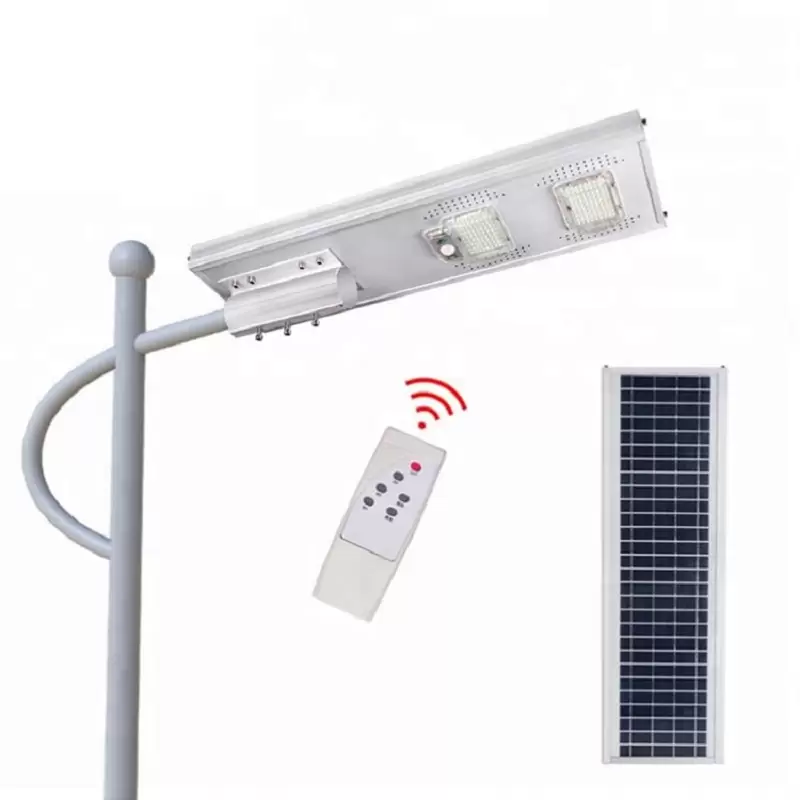Your Guide To Making The Most Of Saftty’s AHT20 Sensors For Data Loggers

Data logging is a crucial part of the modern world, and having access to accurate information can be invaluable. With Saftty’s AHT20 sensors for data loggers, you can collect and store data that is reliable and precise – but how do you make the most out of these sensors? In this article, we’ll provide a comprehensive guide that outlines the various features and benefits of using Saftty’s AHT20 sensors for data loggers.
What do you know about Saftty’s AHT20 sensors?
Saftty’s AHT20 sensors are some of the most versatile and accurate temperature and humidity sensors on the market. They are perfect for use with data loggers, as they can accurately measure both temperature and humidity simultaneously.
Saftty’s AHT20 sensor is a highly accurate, low-power, digital temperature, and humidity sensor. The AHT20 provides reliable measurements of both temperature and humidity, making it an ideal choice for data loggers. The AHT20 is also RoHS compliant.
Benefits of Saftty’s AHT20 Sensor
The AHT20 sensor has an upgraded MEMS semiconductor capacitive humidity sensor element, a standard on-chip temperature sensor element, and a newly built ASIC dedicated chip. Additionally, its performance is more reliable in difficult conditions.
Each sensor from Saftty has been calibrated, put through testing, and has the product lot number printed on it. The sensor has been improved and made smaller, making it more cost-effective. As a result, all devices will eventually gain access to cutting-edge energy-saving operation modes.
Conclusion
By familiarizing yourself with the features of Saftty‘s AHT20 sensors and understanding how they can be integrated into your data logging system, you can maximize their potential. Doing so will help to ensure that your system is as accurate and reliable as possible, giving you peace of mind that your data logs are up-to-date and valid. With the right guidance, these sensors can become some of the most valuable tools in any data logger’s arsenal.




